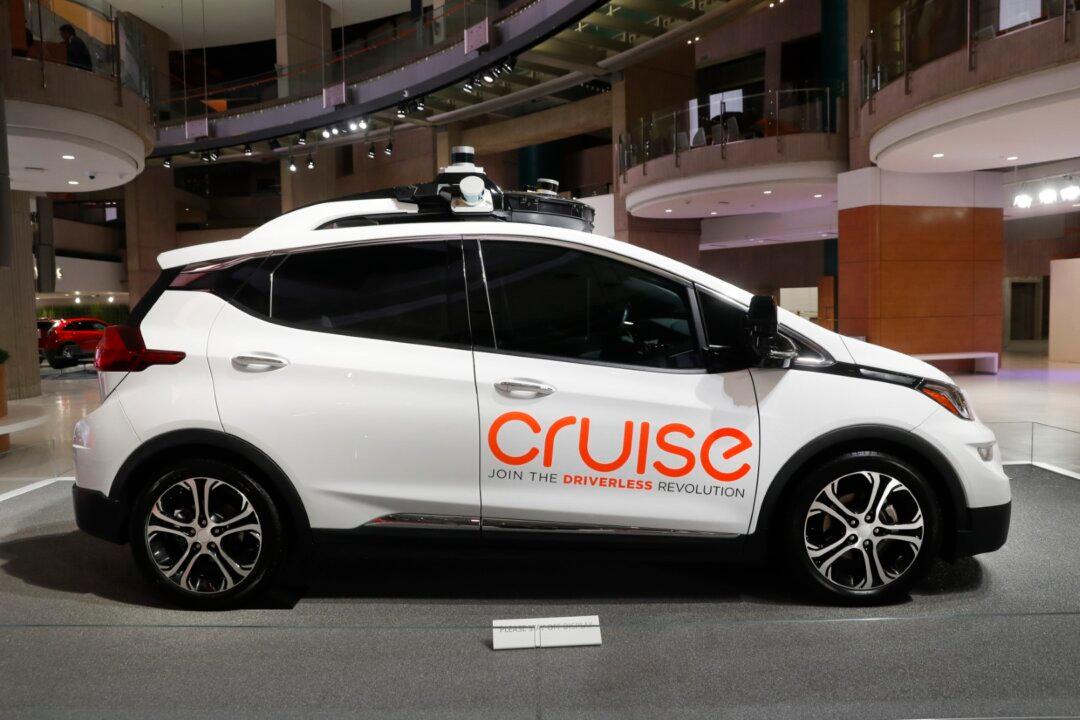Cruise, a subsidiary of General Motors Co. (GM), has paused all its driverless operations nationwide, the company announced on Oct. 26.
The announcement comes after the California Department of Motor Vehicles (DMV) this week said the firm’s autonomous vehicles (AVs) are “not safe for the public’s operation” and suspended its permits to operate driverless vehicles in the state.





